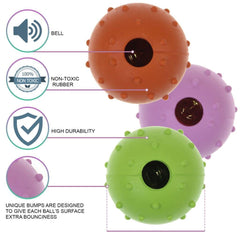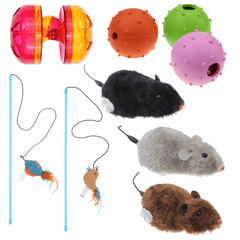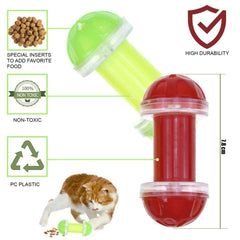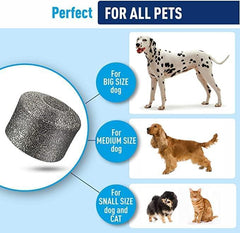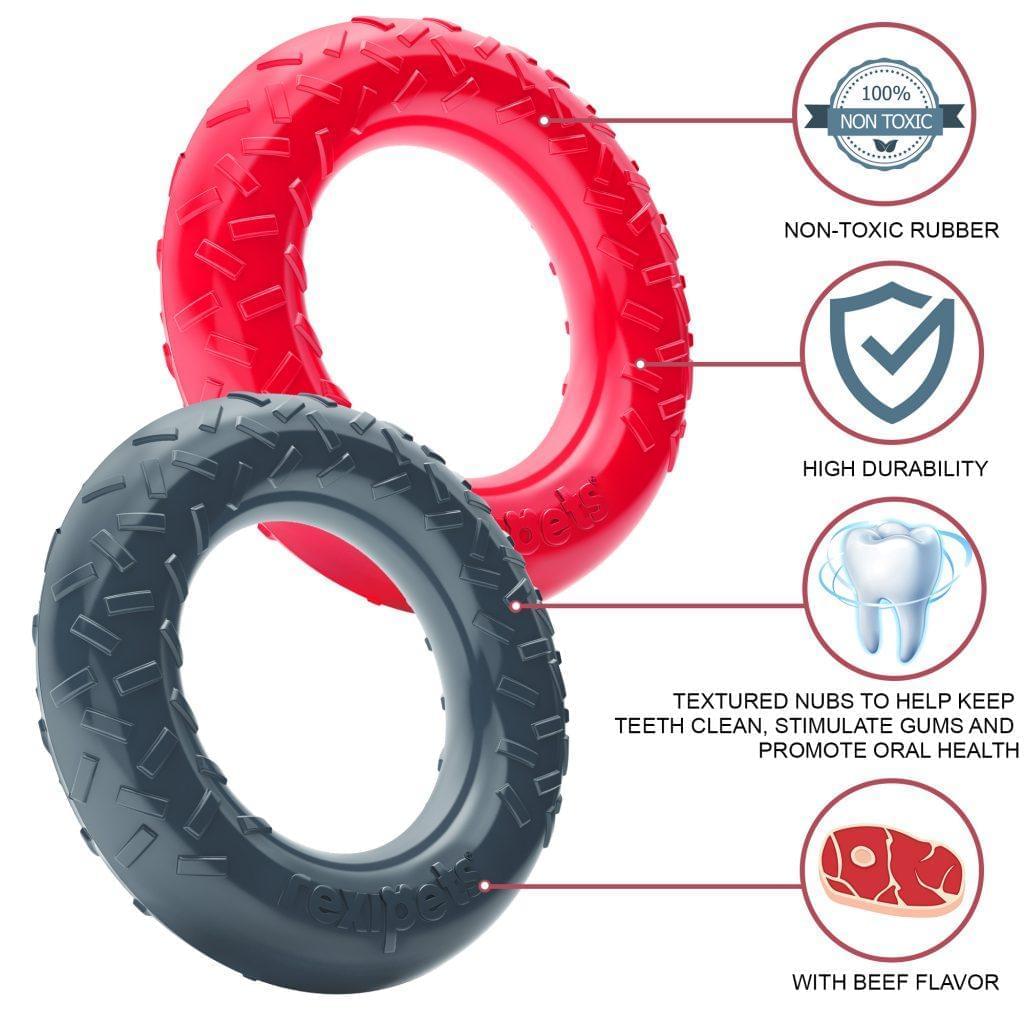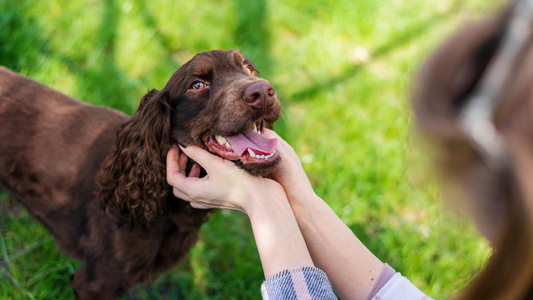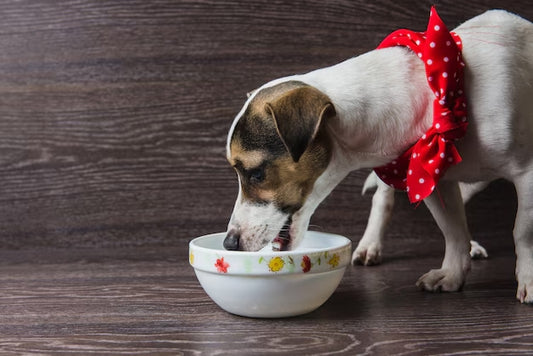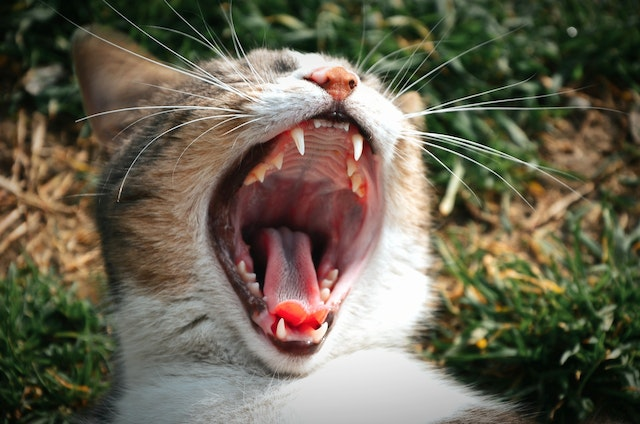
Cats are just like babies; they can't vocalize what is going on with them. So, you have to keep an eye out for all the signs their bodies may exhibit. You can learn a lot about how your cat feels by looking at them. Things like how they stand and walk, and the color of their gums can give you hints about their health.
Healthy cat gums are usually pink, so if you see that your cat's gums are pale and not pink, it could mean they have a severe health problem. Pale cat gums often signal issues like not having enough red blood cells or problems with their blood circulation.
In this guide, we'll closely examine why your cat might have pale gums, what it could mean for their health, and when you should seek help from a vet. We'll discuss various reasons for pale gums, like not having enough red blood cells, exposure to harmful substances, infections, and heart issues.
Understanding what pale gums point toward and knowing when to get help from a vet can make a big difference in keeping your beloved cat healthy. So, let's get started!
What are Pale Gums in Cats?
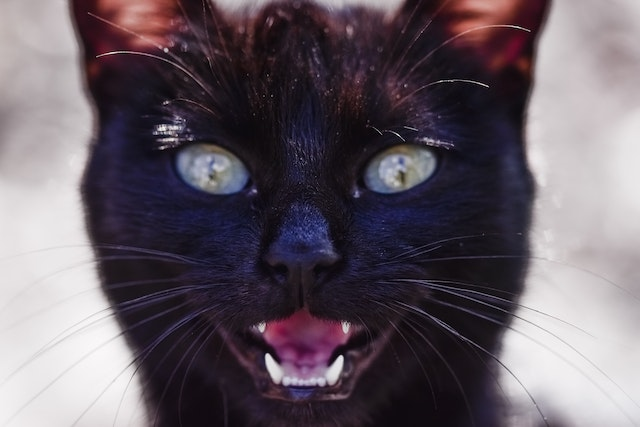
Anemia is the most common reason cats have pale or white gums. This is because your feline friend doesn't have many red blood cells for carrying oxygen to their body's tissues. The paler the gums, the more serious the problem might be. Apart from pale gums, you might notice that your pet is exhausted.
However, some anemic cats may not display any other signs of being sick. They might keep playing and doing their usual activities without showing symptoms of the illness causing the anemia.
Many cat owners don't check their cat's mouth to evaluate their health, even though gum color can indicate a severe or chronic disease. It's important to note that vets don't rely solely on gum color for a diagnosis, but pale gums can serve as a signal to pet owners that it's time to visit the vet.
If you notice your cat has pale gums, it's essential to get them to the vet right away.
Causes of Pale Gums in Cats

Healthy gums in cats should typically have a pink color. However, the shade of normal pink color can vary among individual cats. Pet owners must be familiar with what their cat's gums usually look like and check for any changes when inspecting their cat's mouth occasionally.
Common causes of pale gums in cats include the following -
-
Blood loss
Anemia in Cats usually occurs when a cat loses a lot of red blood cells. As mentioned earlier, red blood cells are responsible for carrying oxygen and nutrients to different parts of the body. Normally, the body replaces these cells as they're used up.
However, when a cat has anemia, there aren't enough red blood cells to distribute oxygen and nutrients properly. This circulation of red blood cells is vital for a cat's health, and severe anemia can even be life-threatening.
Anemia essentially reduces red blood cell production and the amount of oxygen that reaches the body's tissues. This can result in visible signs like the cat feeling sluggish and sleeping more than usual. Additionally, cats with anemia often have pale gums because there aren't sufficient red blood cells to provide oxygen and nutrients, which leads to poor blood circulation in the gums.
There are several reasons why a cat might experience blood loss, including:
- Injuries - Accidents or injuries can cause rapid and severe blood loss in cats, leading to anemia, and the gums may lose their healthy color due to poor blood flow.
- Flea and Tick Infestations - Fleas and ticks feed on a cat's blood. A severe infestation can lead to anemia, especially in young kittens.
- Hookworms - These parasites feed on blood in the intestines. And if you don't treat them, a severe infection can result in anemia.
- Illness - Some illnesses can destroy red blood cells faster than the cat's body can make new ones. Many of these sicknesses can be spread by fleas and ticks, so protecting your cat from these pests is essential, even if they stay indoors. But sometimes, another hidden disease, like the feline leukemia virus, liver disease, or kidney disease, might make the gums pale.
-
Shock
Shock is another common reason why a cat's gums can turn pale. Cats can go into shock when they're not getting enough oxygen to their brain. This can happen due to various reasons like severe injury, an allergic reaction, or consuming something toxic. Shock occurs when there's not enough blood circulating in the body, often due to blood loss, heart problems, or a drop in blood pressure. One of the most noticeable signs of shock in cats is their gums turning pale or white, indicating that their blood isn't moving through their body as it should. Cats in shock might also appear confused, lethargic, very cold, or even lose consciousness.A significant underlying cause of shock in cats is often a severe injury, whether from external or internal bleeding or an allergic reaction.
Treating shock depends on what has caused it. For example, if your cat has a severe injury, the vet will address their wounds. Depending on your cat's condition, they might require a blood transfusion, IV, or oxygen therapy. However, if the shock is due to an allergic reaction, the vet might give your cat a shot of epinephrine to help.
How to Help Your Cat with Pale Gums?
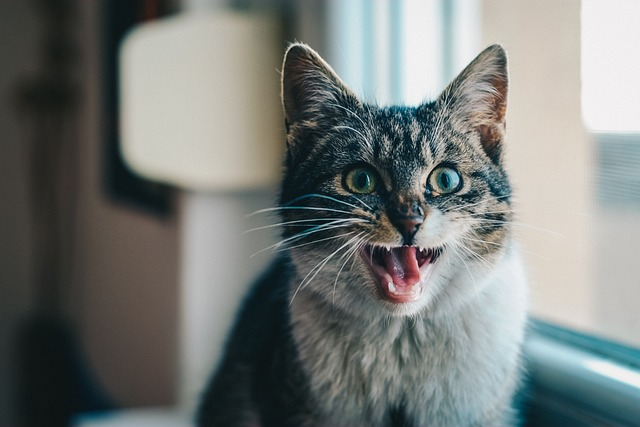
Now that you know what pale gums in cats can mean, let's look at how you can help your cat with pale gums.
-
onsult a Vet
If you see that your cat's gums are pale or white, don't wait. It's a medical emergency. It could mean your cat is in shock, losing blood, or has a severe illness like anemia. Take your cat to the closest emergency vet right away.
At the vet's office, they will check your cat, ask about any problems you've noticed, and do blood tests to figure out what's wrong. Depending on what they find, they might need to do more tests to be sure.
The treatment your cat gets depends on what's causing the pale gums. The vet will focus on treating the main problem, and they might also give your cat fluids through a tube, a blood transfusion, medicine, or even surgery to make them better.
-
Medication
Once your vet figures out why your cat's gums are pale, they may give your cat medicine as part of the treatment.
For example, if your cat has surgery, they might get pain medicine to help them feel better as they heal. If your cat's pale gums are due to parasites, they'll get medicine to get rid of those bugs and their babies.
Try to be extremely punctual about those medications and complete the course the vet recommends for effective results.
-
Monitor your cat
After your cat's vet visit, watch how they're doing closely. Pay attention to any changes in how they act, eat, or how much energy they have.
If you see any worse issues, like throwing up, diarrhea, or trouble breathing, let your vet know right away. Keeping an eye on your cat and telling the vet about any issues early can help them get better faster.
-
Maintain Regular Check-ins
Keeping a schedule for your cat's vet visits is essential, especially if they are older or have existing health problems. These regular check-ups can help catch any issues that might lead to pale gums early on.
-
Keep a Calm Home Environment
Cats can get stressed out quickly, and stress can worsen health problems, including those that affect gum color. Make sure your cat's home is a calm and cozy place with a comfortable bed, a consistent daily routine, and minimal loud noises or disturbances. This relaxed environment can help your cat stay healthy and prevent problems that might cause pale gums.
Final Words!
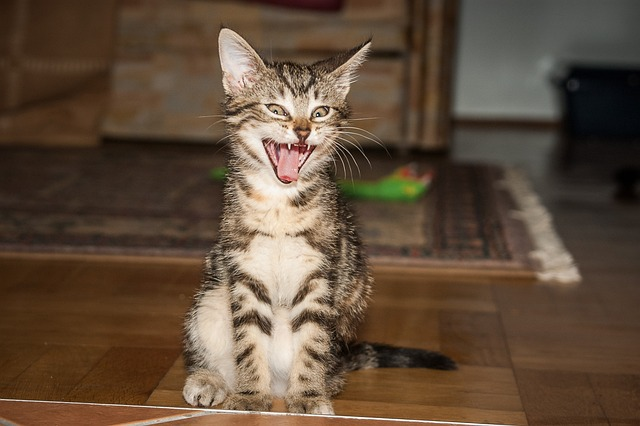
In summary, pale gums in cats should never be taken lightly, as they often serve as a warning sign for underlying health problems that require immediate attention. When your cat's gums lose their healthy pink color, it's a sign that something isn't right. Whether it's anemia, shock, blood loss, or a serious illness, quick action can be a lifesaver.
It is essential to seek veterinary help and follow the treatment recommended by the vet. It's crucial to stay watchful and closely monitor your cat's behavior, appetite, and energy levels after the treatment. Any new or worsening symptoms, like vomiting, diarrhea, or unusual breathing patterns, should be reported to your vet without delay.
Remember, your cat's well-being is a top priority, and your vigilance can be crucial to their recovery. By acting swiftly and seeking professional veterinary care when needed, you're ensuring the best possible chance for your beloved feline companion to enjoy a healthy and happy life.
FAQ
Can I use home remedies to treat pale gums in cats?
It's not advisable to rely just on home remedies for treating pale gums. At times, the underlying causes can be serious and may require immediate veteran help, so, it's always wise to consult a veterinarian for proper diagnosis and treatment.
What should I do if I cannot afford immediate veterinary care for my cat with pale gums?
If you're unable to afford immediate veterinary care, reach out to local animal welfare organizations, charities, or veterinary clinics that offer financial assistance or payment plans.
Delaying care can worsen your cat's condition, so seeking help as soon as possible is essential.
Can older cats be more prone to pale gums?
Older cats may be at a higher risk of developing health issues leading to pale gums or even gum disease, but it can affect cats of all ages. Regular vet check-ups are increasingly important for senior cats to monitor their health.
